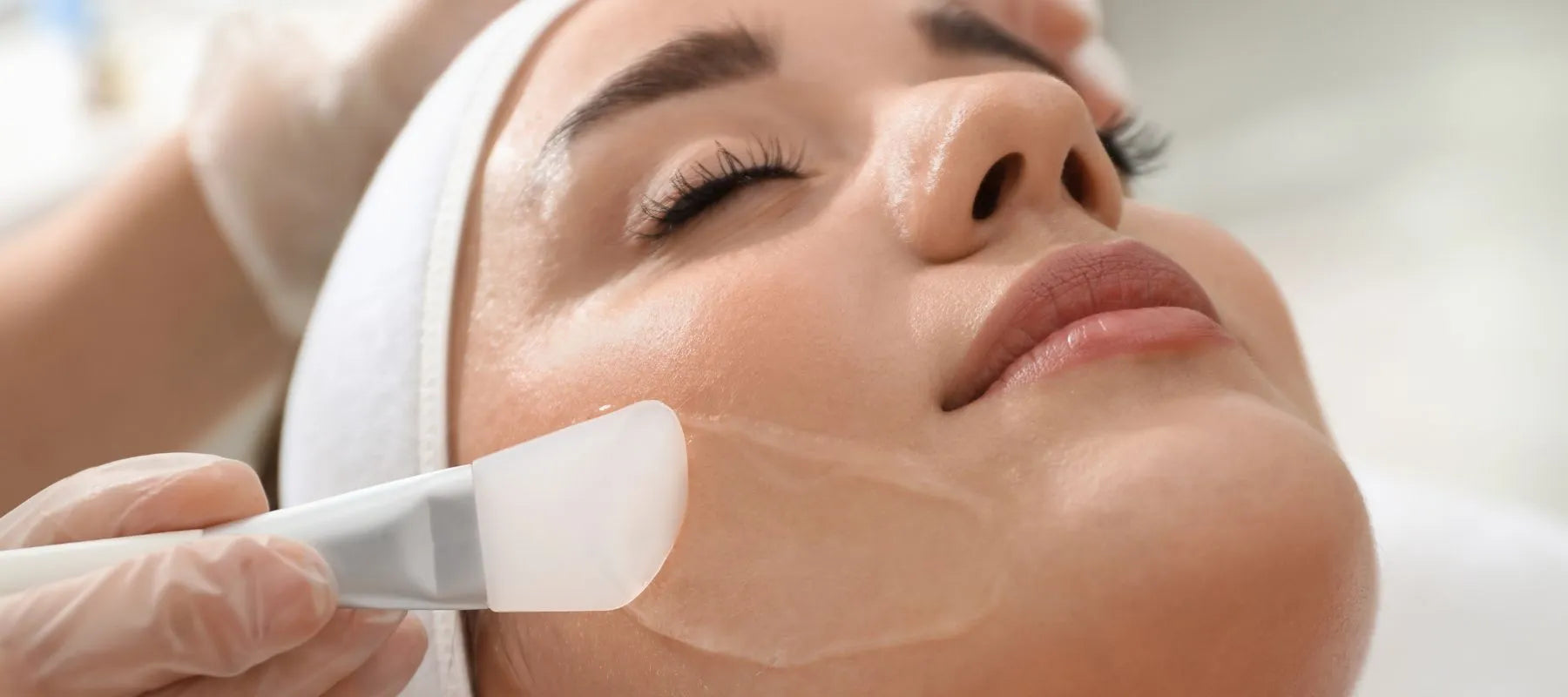
After Care for Chemical Peel: A Complete Guide to Recovery
A chemical peel involves applying a solution to the skin, exfoliating the top layers, revealing fresher, more radiant skin. While the procedure is relatively quick, the chemical peel aftercare instructions are crucial for achieving the best results and minimising potential side effects. Proper aftercare for chemical peels enhances the treatment's effectiveness, promotes healing, and prevents complications.
Immediate Aftercare for Chemical Peels
Your skin will be sensitive immediately following a chemical peel. Adhering to specific chemical peel aftercare practices during this time is essential.
1. Avoid Touching the Skin
One of the most critical chemical peel aftercare tips is to avoid touching your skin. Touching your skin can make it more vulnerable to irritation and infection, so refrain from picking, scratching, or applying unnecessary pressure to the treated areas.
2. Keep Skin Clean
Maintaining cleanliness is vital and understanding how to use a face wash safely after a chemical peel is of utmost importance. Apply a small amount to your fingertips with lukewarm water and gently massage it onto your face in circular motions for about 30 seconds. This helps remove any residual peel solution and impurities without irritating your skin. Rinse thoroughly with water to ensure all cleanser is removed. Avoid using abrasive soaps or scrubbing your skin, which can cause further irritation.
3. Moisturise Generously
Hydration is key during the recovery process. Apply a gentle, fragrance-free moisturiser to hydrate your skin and support healing. This helps to soothe any dryness or tightness you may experience.
4. Sun Protection After a Chemical Peel
Protecting your skin from the sun is paramount after a chemical peel, as your skin will be more susceptible to UV damage.
5. Use Broad-Spectrum Sunscreen
Applying broad-spectrum sunscreen is a critical component of your chemical peel aftercare. Choose the best sunscreen for combination skin to ensure adequate protection without clogging pores or causing excess oiliness. Sunscreen should be applied generously and reapplied every two hours when exposed to sunlight.
6. Avoid Sun Exposure
In addition to using sunscreen, limiting sun exposure as much as possible is advisable. Protective clothing, such as hats and sunglasses, can shield skin from harmful UV rays.
Healing Tips for Chemical Peel Aftercare
Supporting your skin's natural healing process can enhance the results of your chemical peel.
1. Drink Plenty of Water
Staying hydrated from the inside out is beneficial for skin recovery. Drinking plenty of water helps to keep your skin supple and supports overall healing.
2. Apply Post-Peel Creams
Your dermatologist may recommend specific post-peel creams or serums for application during recovery. These products are formulated to nourish and protect your skin, aiding healing.
3. Activities to Avoid After a Chemical Peel
Certain activities can hinder your skin's recovery or increase the risk of complications. It's essential to avoid them during your chemical peel aftercare period.
4. No Makeup for 24–48 Hours
Avoid wearing makeup for the first 24 to 48 hours after your peel. Makeup can clog pores and interfere with the skin's healing process. Once it's safe to apply makeup, opt for non-comedogenic products to prevent irritation.
5. Avoid Sweating and Heat
Excessive sweating and exposure to heat can exacerbate irritation and slow down healing. Avoid strenuous exercise, saunas, and hot showers during the initial recovery phase.
6. Skip Exfoliants and Actives
Avoid using harsh exfoliants and active ingredients such as AHAs, BHAs, and retinoids for at least a week after the peel. These products can be too abrasive for your recovering skin and may cause further irritation.
Recovery Timeline and Signs of Healing After a Chemical Peel
Understanding the recovery timeline and signs of healing after a chemical peel can help you manage your expectations and recognise normal healing processes.
Day 1–3: Skin May Feel Tight and Sensitive; Redness is Common
In the first few days, your skin might feel tight and sensitive, exhibiting redness similar to a mild sunburn. This is a normal response as your skin begins to shed the damaged outer layers.
Day 4–7: Peeling Begins; Keep the Skin Moisturised and Avoid Touching It
Peeling typically starts around the fourth day. It's crucial to keep your skin moisturised and resist the urge to pick or peel the skin manually, as this can lead to scarring or infection.
Day 8 and Beyond: Skin Starts to Heal, and Visible Results Appear Gradually
By the end of the first week, the peeling should slow down, and your skin will start to reveal the improved texture and tone beneath. Continue to follow your chemical peel aftercare routine to maintain and enhance these results.
When to Contact a Dermatologist?
While most chemical peel aftercare processes proceed smoothly, sure signs indicate you should seek professional help:
- Excessive Redness or Swelling: If redness persists for more than a week or is accompanied by swelling, contact your dermatologist.
- Signs of Infection: Symptoms like pus, increased pain, or unusual discharge warrant immediate medical attention.
- Severe Irritation or Allergic Reaction: If you experience intense itching, burning, or blistering, consult your healthcare provider.
Conclusion
Proper chemical peel aftercare is essential for achieving the best possible results and ensuring a smooth recovery. By following these guidelines—avoiding touch, keeping your skin clean, moisturising generously, and protecting your skin from the sun—you can enhance the benefits of your chemical peel and enjoy healthier, more radiant skin.;
Stay hydrated, use recommended post-peel creams, and avoid activities that hinder your healing process. If you experience any unusual symptoms, don't hesitate to contact your dermatologist for guidance.
FAQs
Can I use makeup after a chemical peel?
It is recommended to avoid using makeup for the first 24–48 hours after a chemical peel. Once it's safe to apply makeup, choose non-comedogenic products to prevent clogging pores and irritation.
When can I resume my regular skincare routine after a chemical peel?
You can resume your regular skincare routine about a week after the peel, but avoid using exfoliants and active ingredients like AHAs, BHAs, and retinoids for at least a week. Always follow your dermatologist's specific chemical peel aftercare instructions.
What should I do if my skin feels itchy or irritated post-peel?
If your skin feels itchy or irritated after a peel, apply a gentle, fragrance-free moisturiser to soothe the area. Avoid scratching or rubbing your skin; contact your dermatologist if irritation persists or worsens.
How long does it take for skin to fully heal after a chemical peel?
Healing time varies depending on the depth of the peel. Superficial peels may heal within a week, while deeper peels can take several weeks. Follow your chemical peel aftercare routine and consult your dermatologist if you have concerns about your healing process.





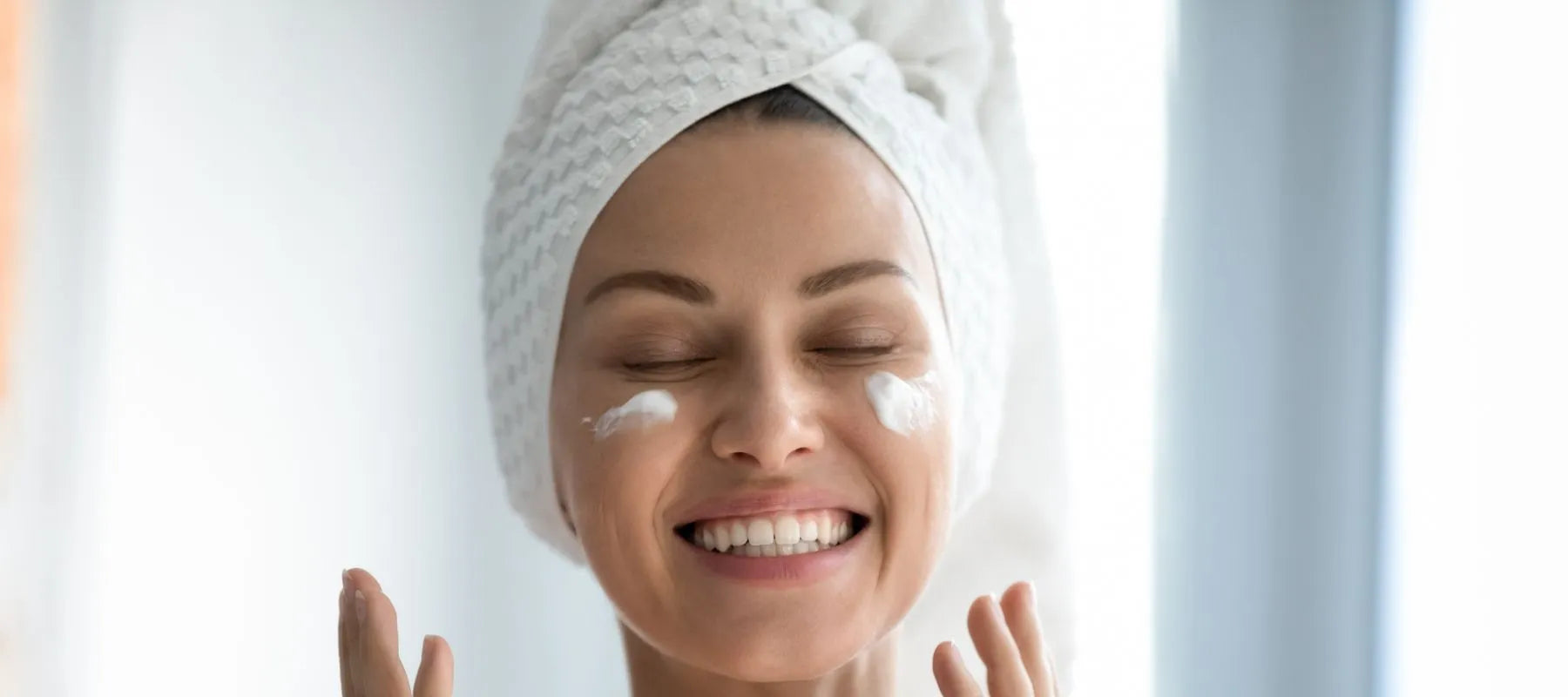


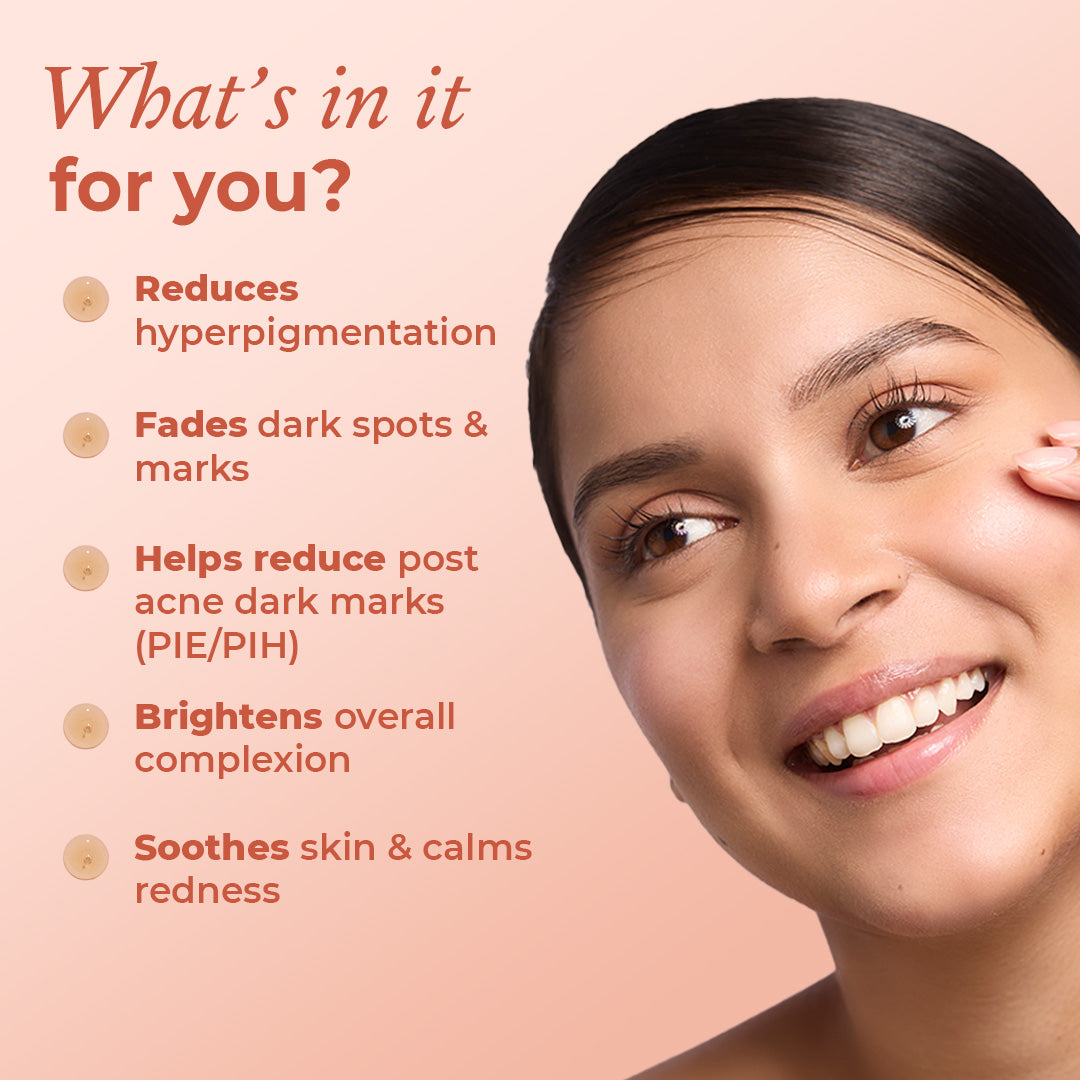

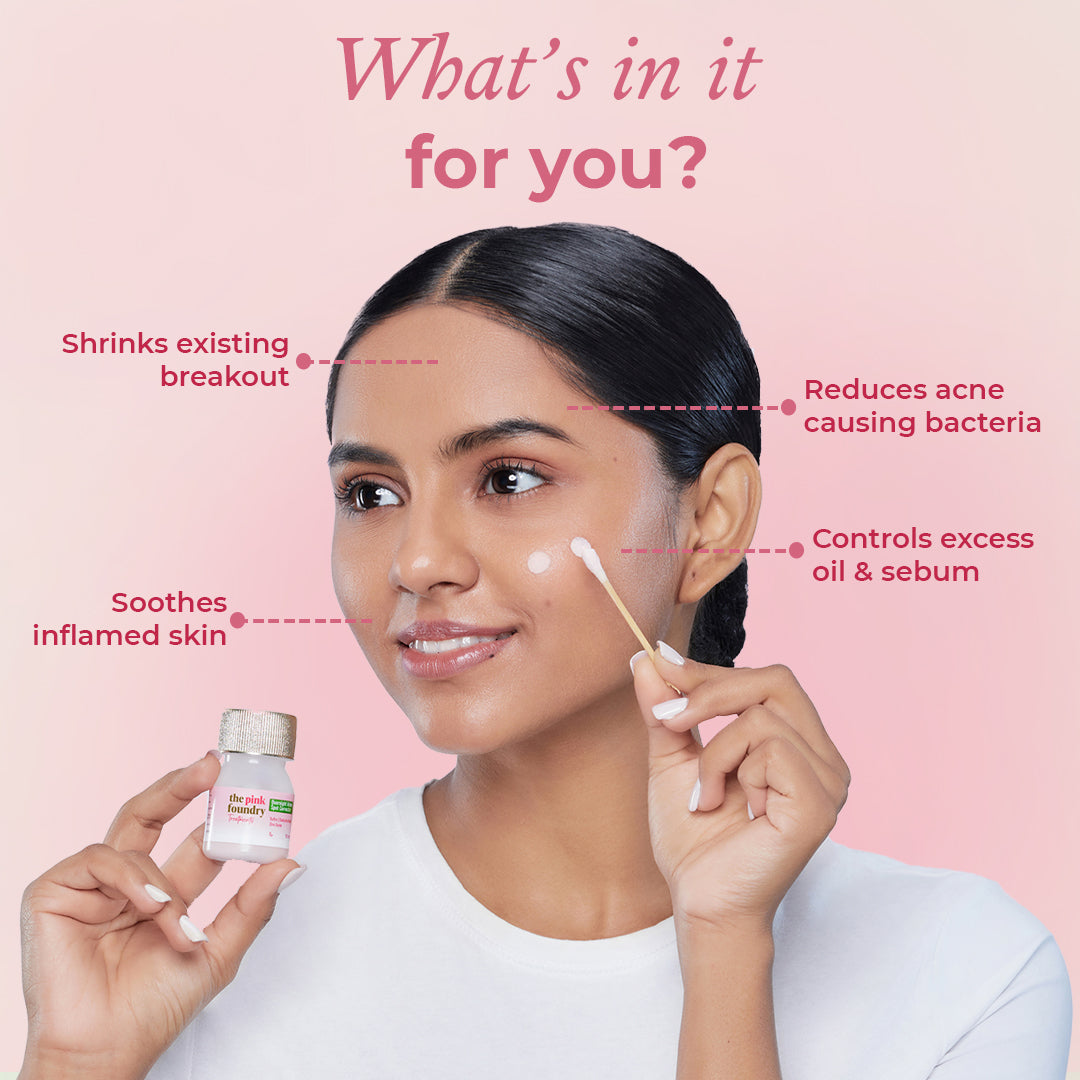
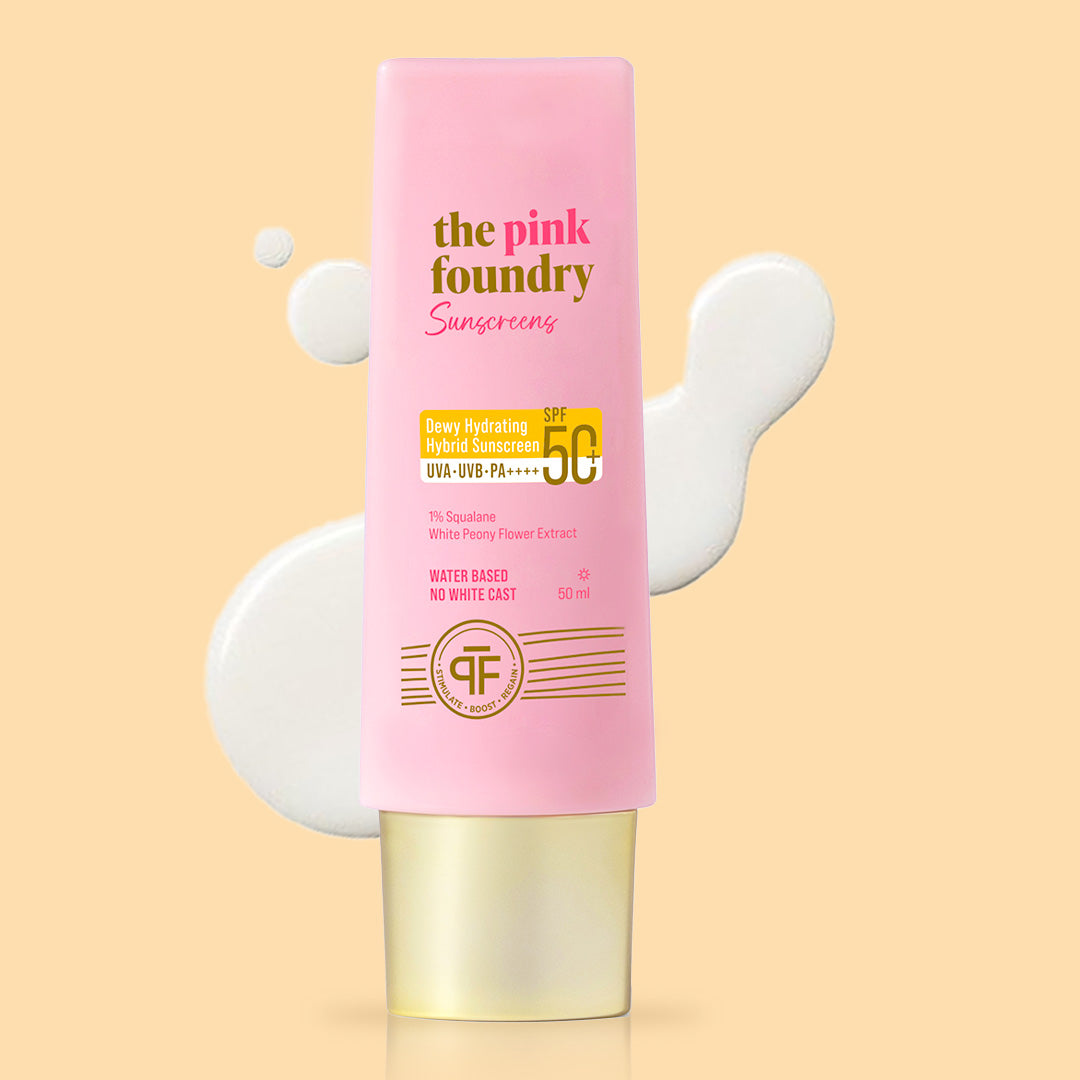
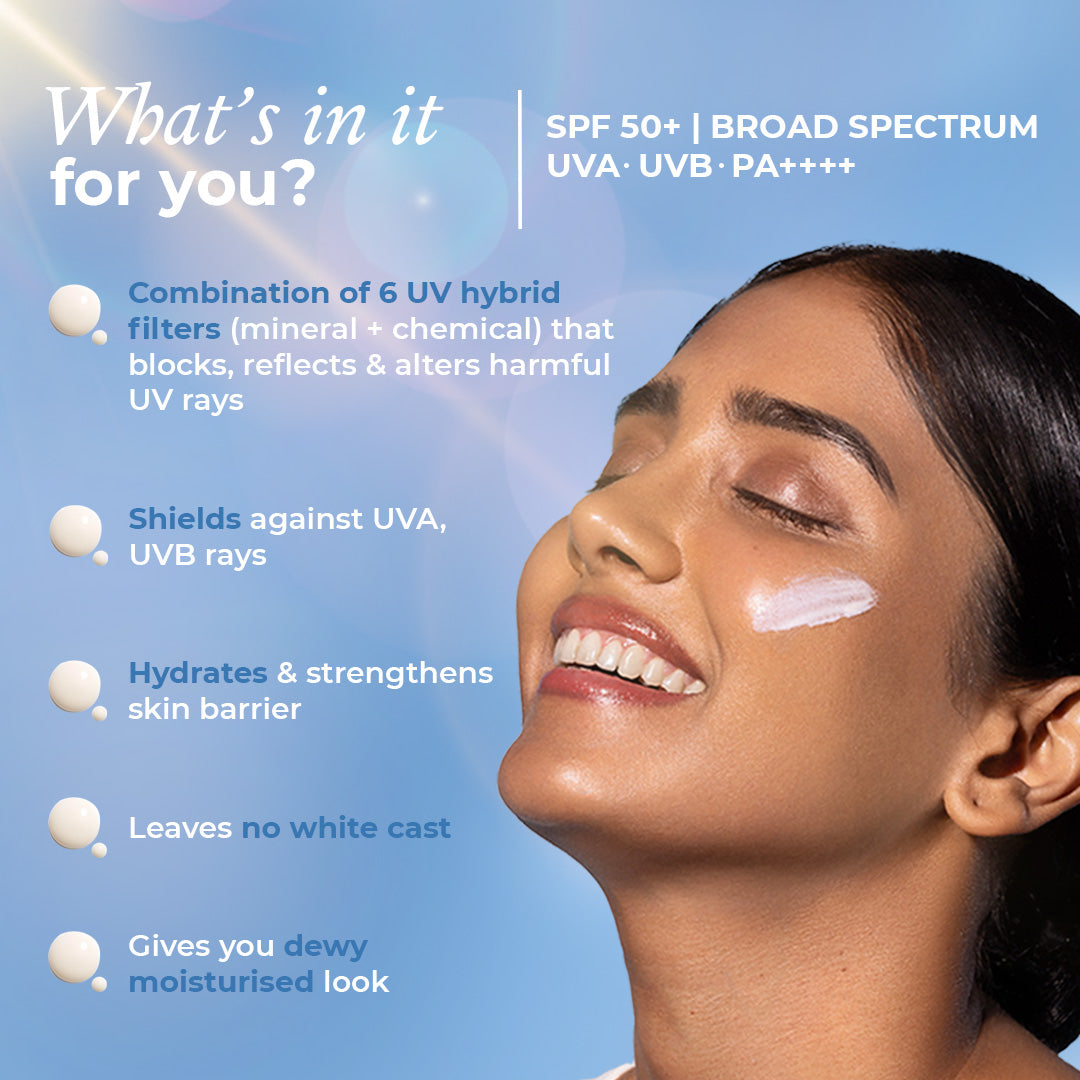
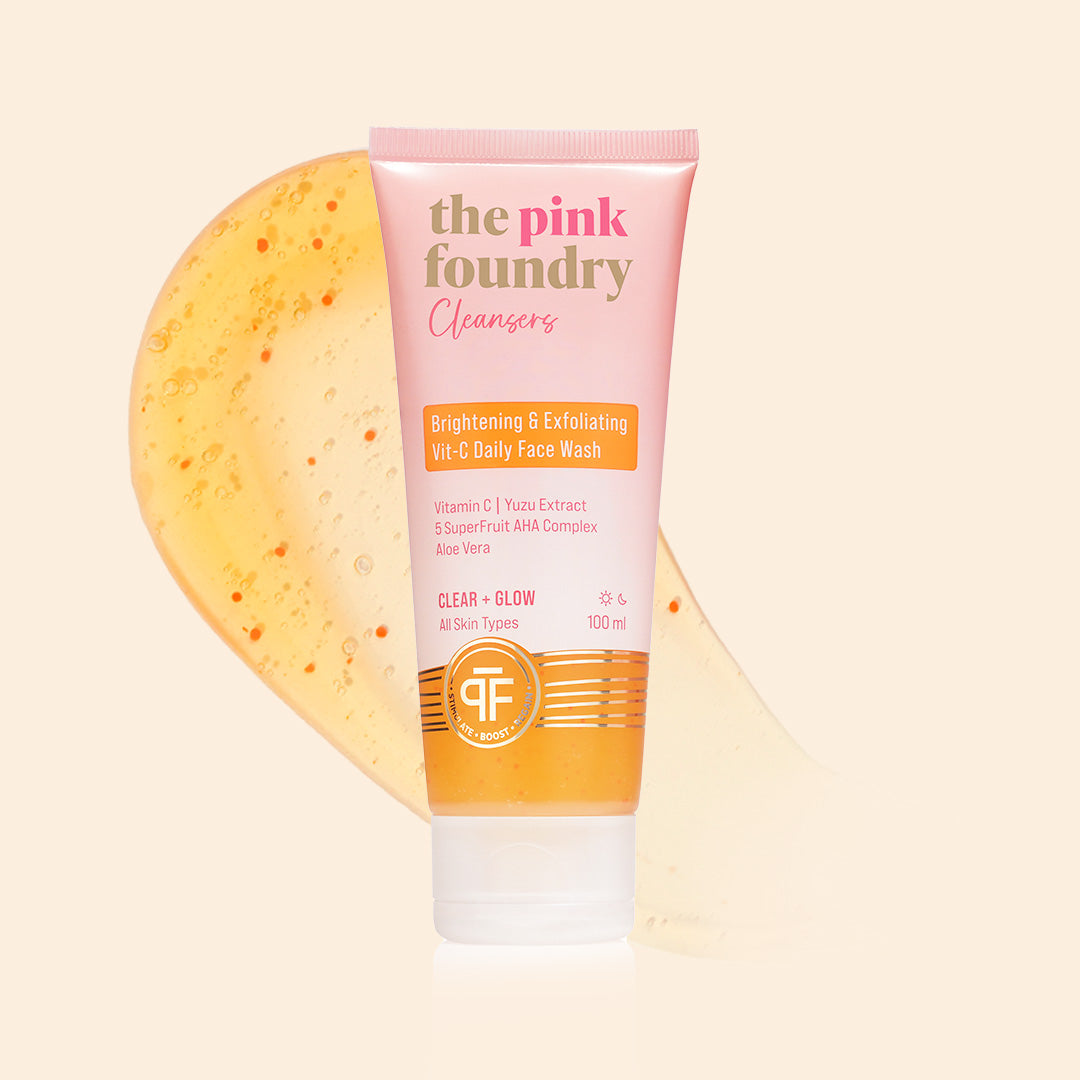
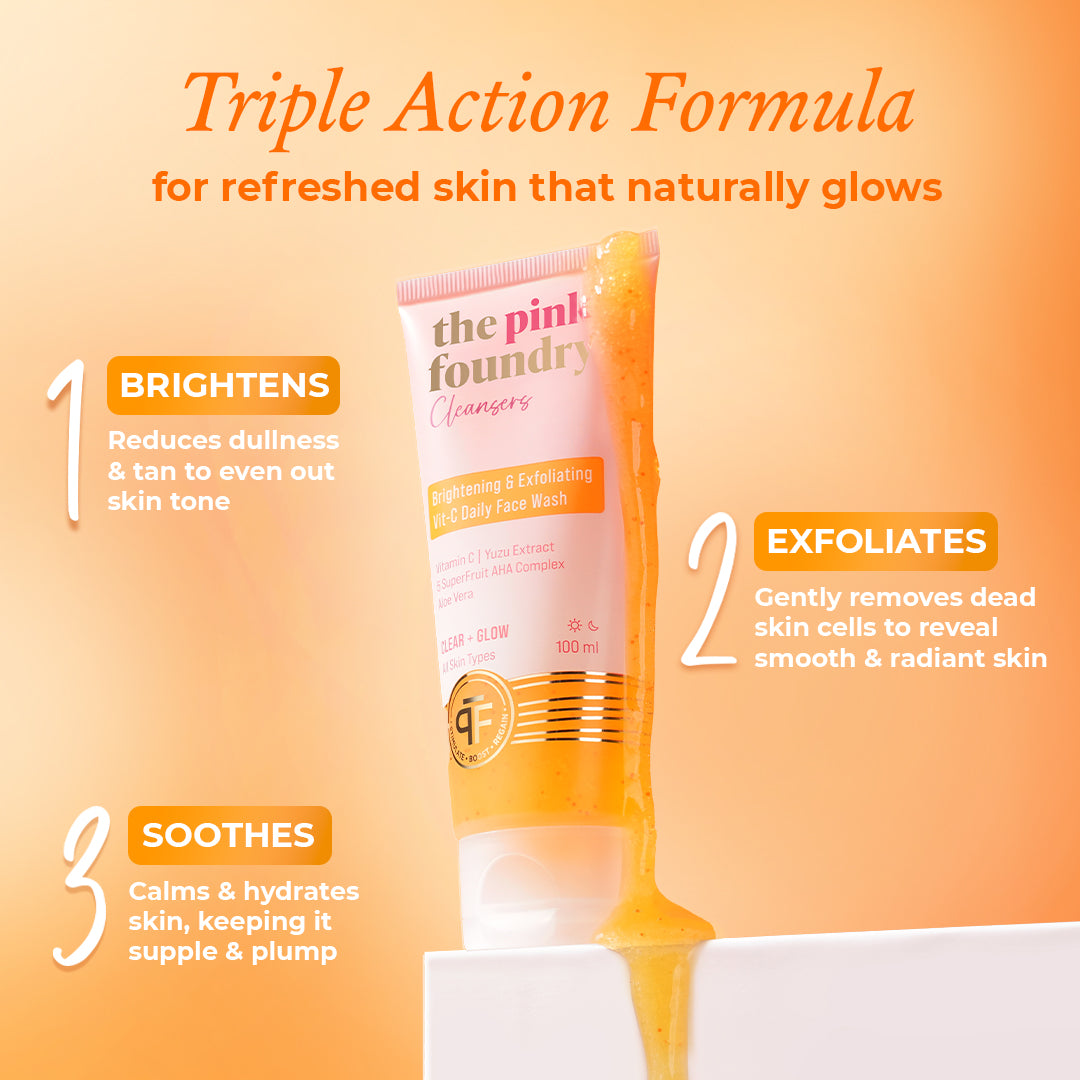
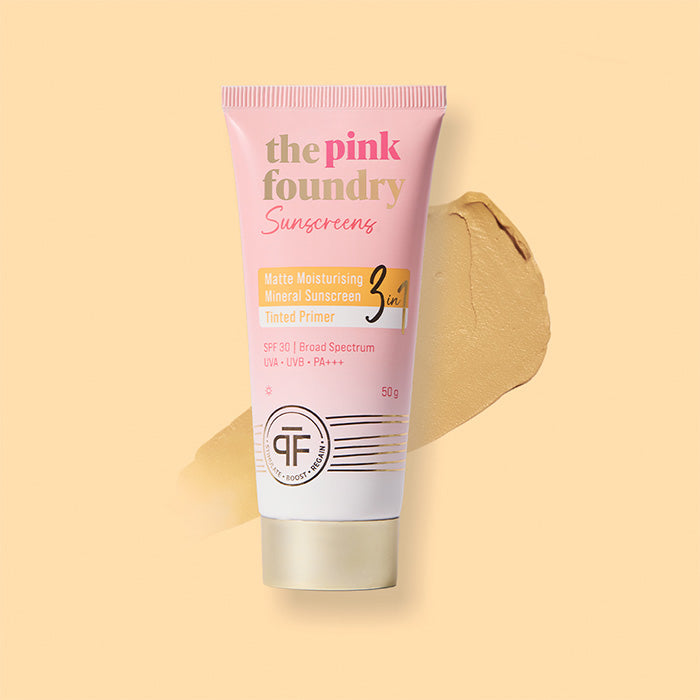
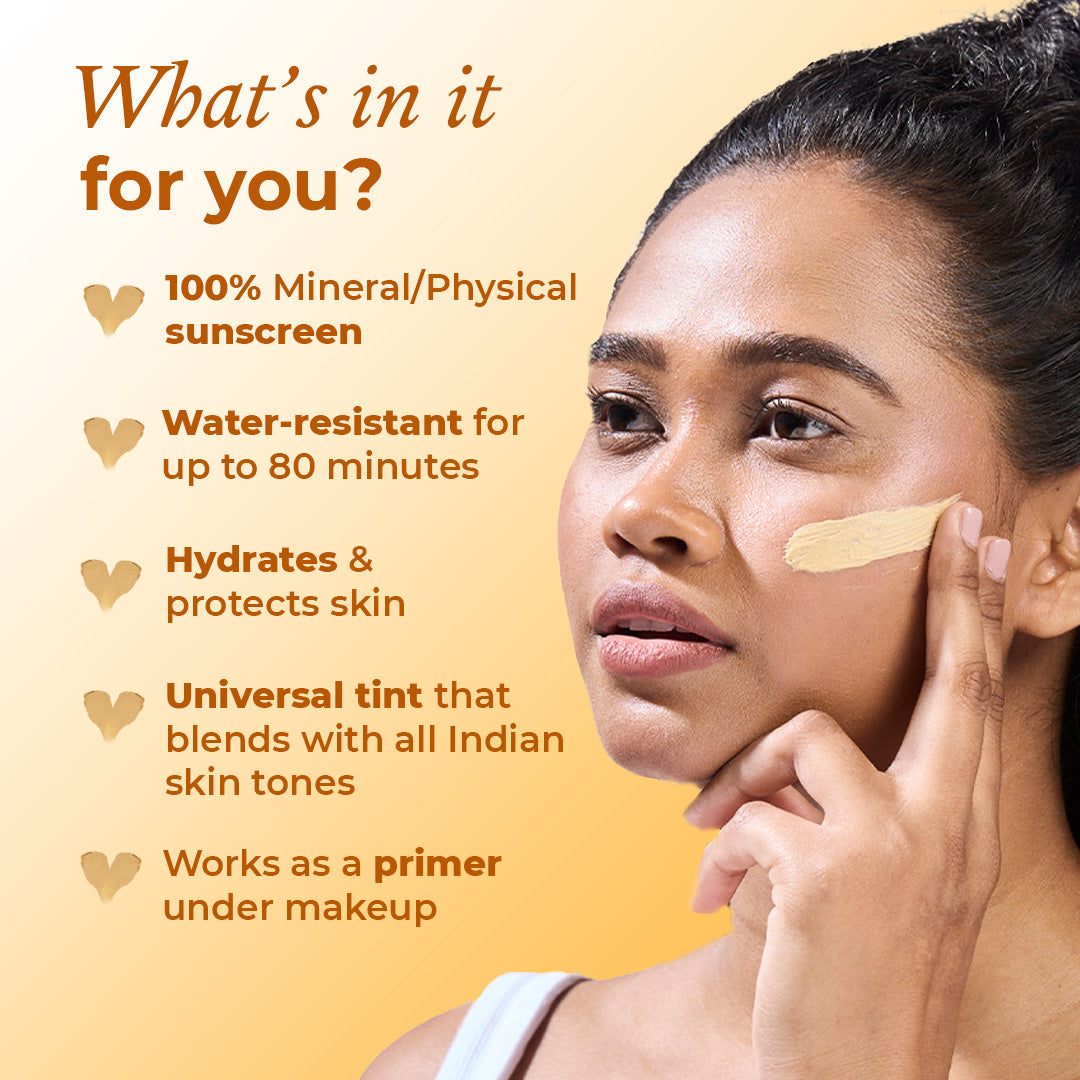
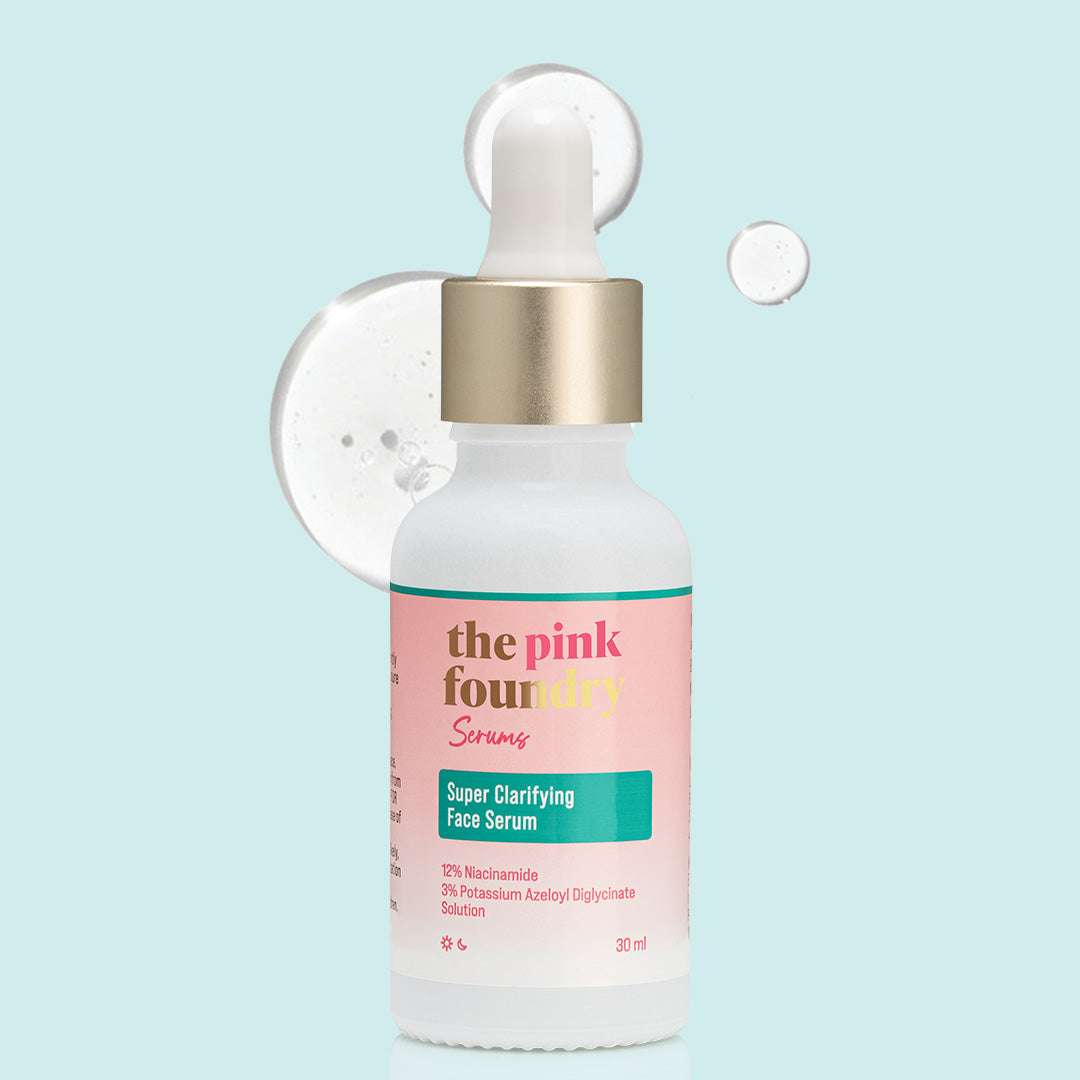
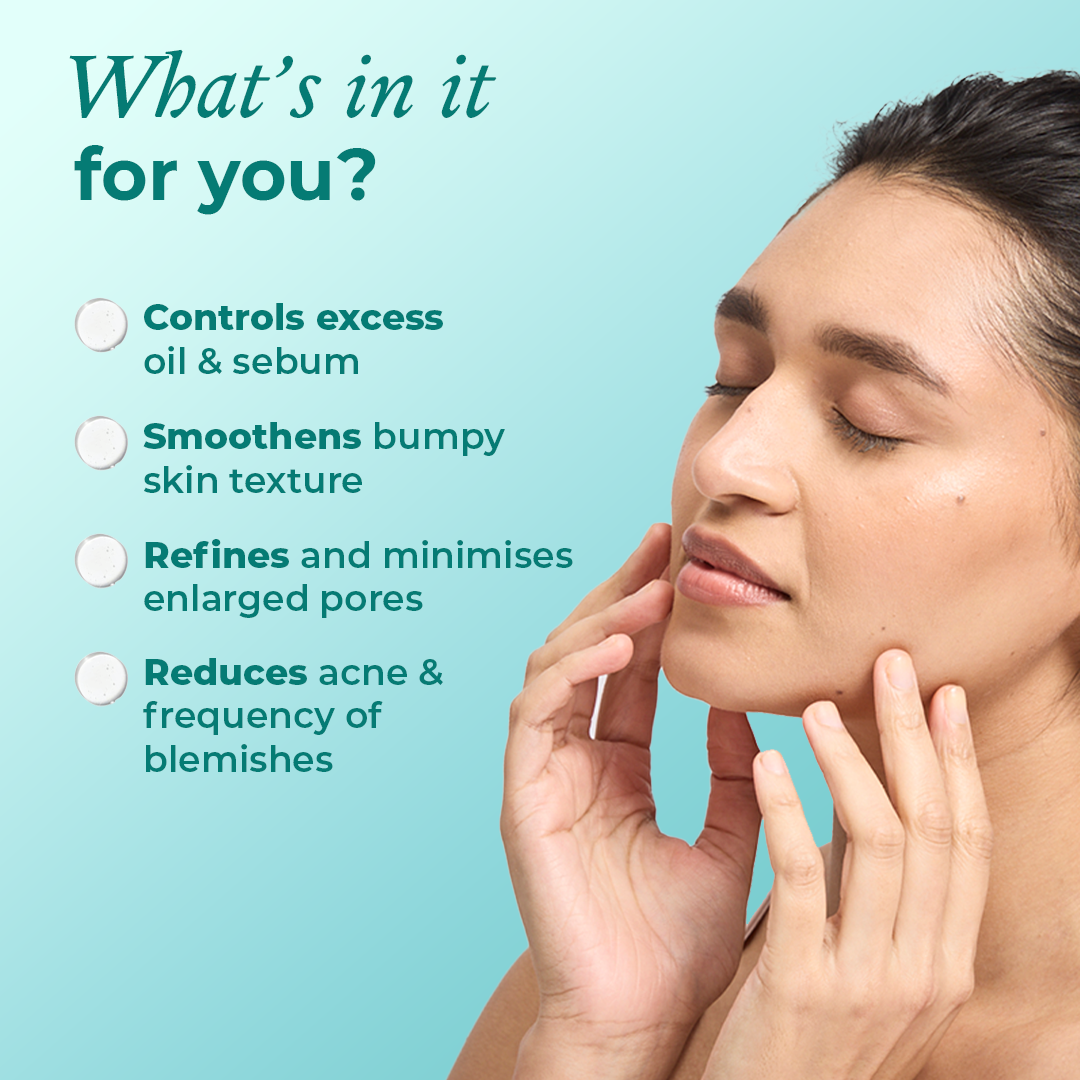

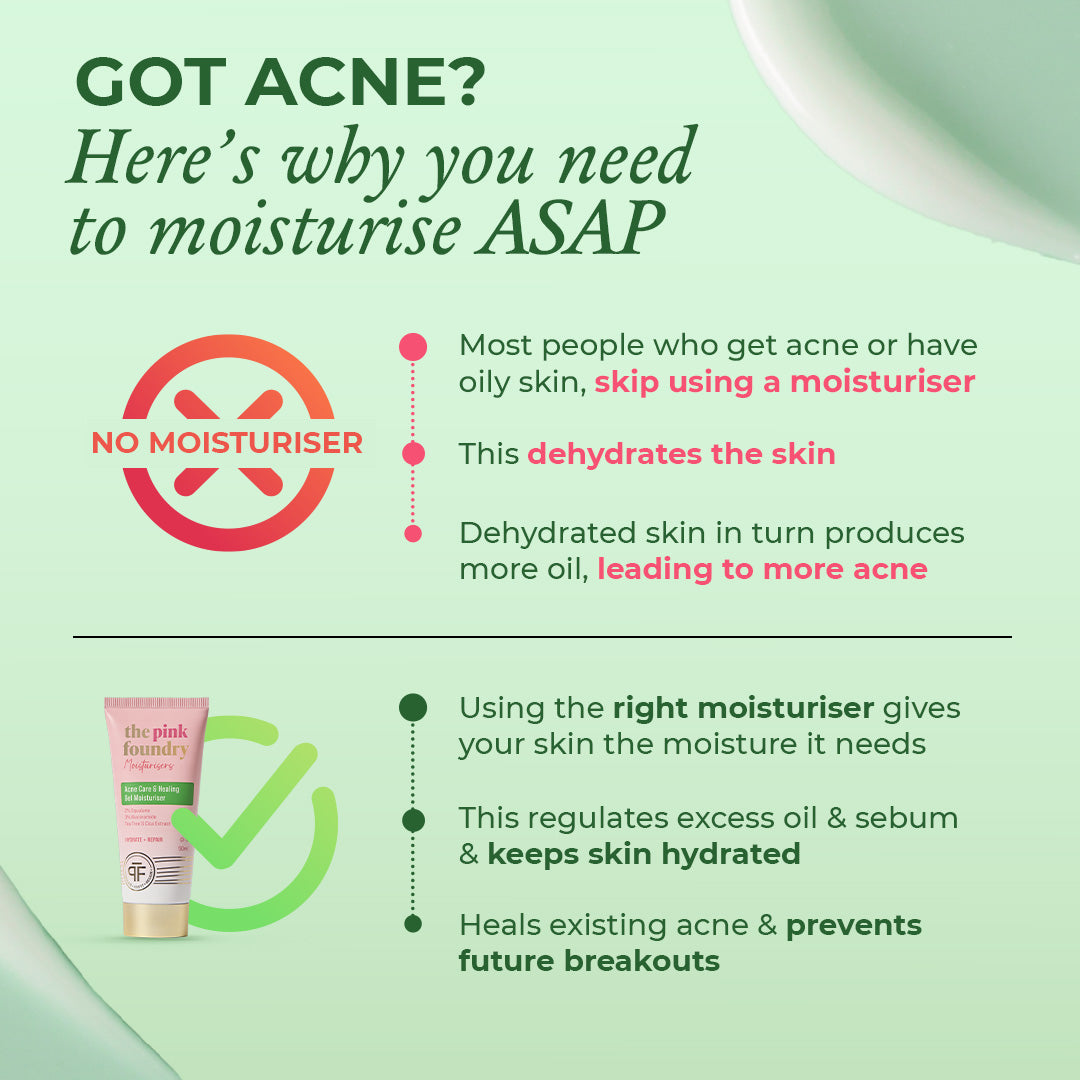
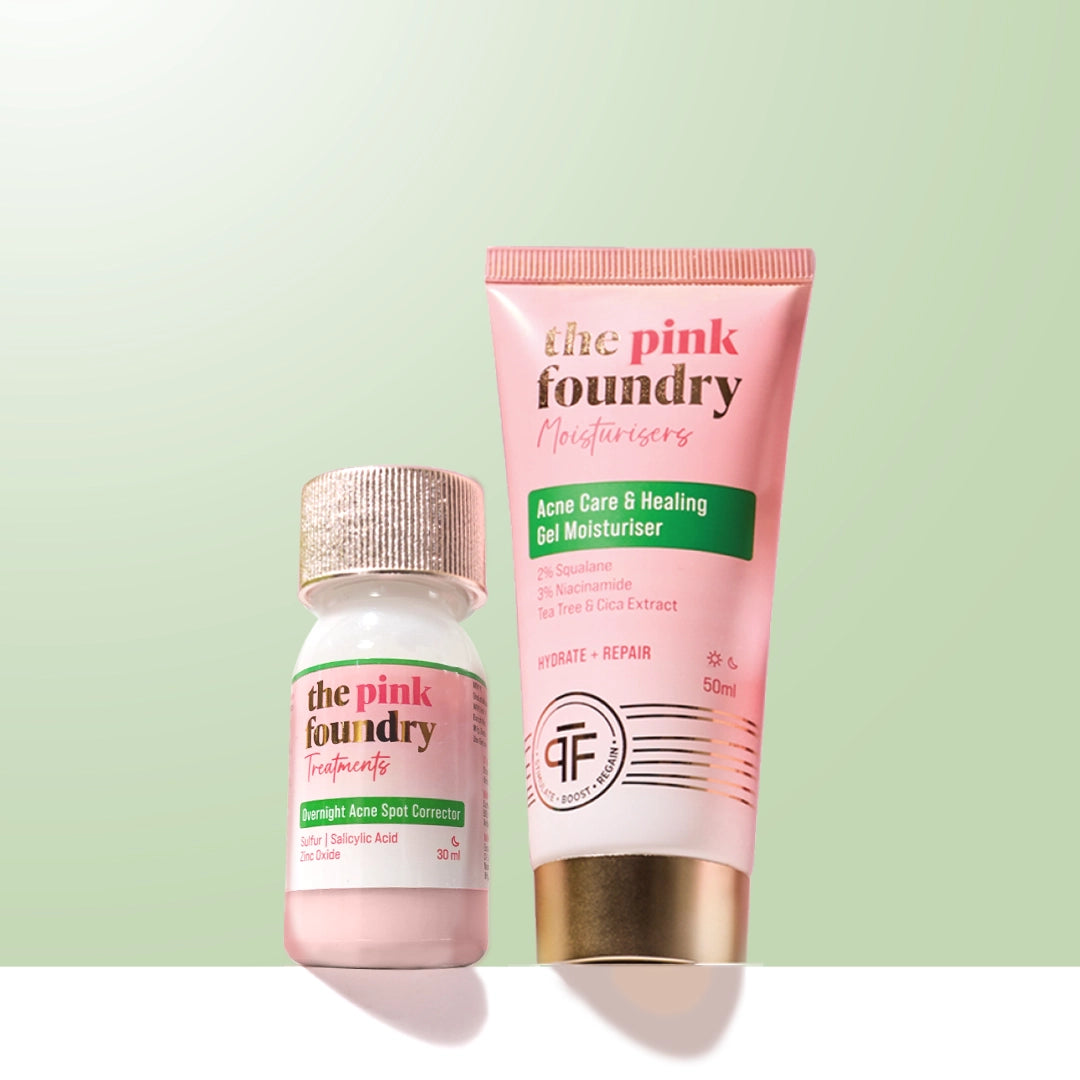
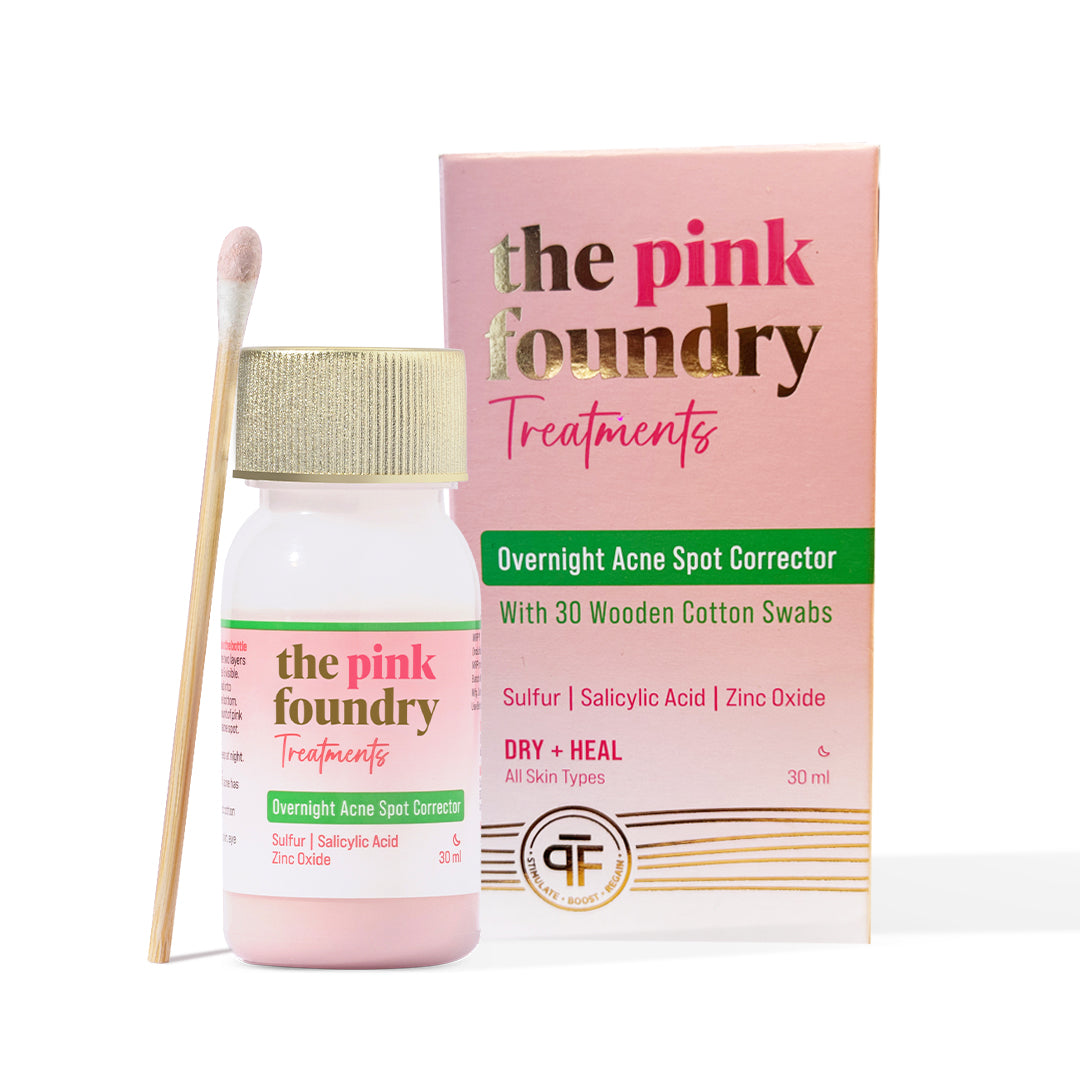
Leave a comment
This site is protected by hCaptcha and the hCaptcha Privacy Policy and Terms of Service apply.